
Ashish Diwanji: “The personal protective equipment made and sold in the US has to abide by the standards set up by NIOSH …. The PPE made and sold from China do adhere to the Chinese standards, but their standards are different than ours.”

Ashish Diwanji: “The personal protective equipment made and sold in the US has to abide by the standards set up by NIOSH …. The PPE made and sold from China do adhere to the Chinese standards, but their standards are different than ours.”

“[T]here is a need for early education to enforce correct PPE use to alleviate personal risk concerns. This includes re-education of the donning and doffing of PPE to confirm staff are effectively protecting themselves. Data suggests substantial self-contamination risk occurs when doffing PPE….”
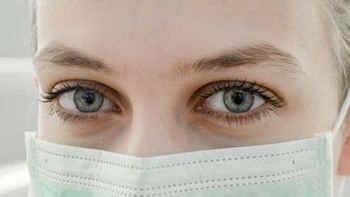
Sharon Ward-Fore, MS, MT(ASCP), CIC: “I’m hoping that healthcare facilities will find the value in their infection preventionists and understand how important a role they play as far as training on PPE and disinfectants, and in hand hygiene, being kind of a boots on the ground people on the floor to see things firsthand.”
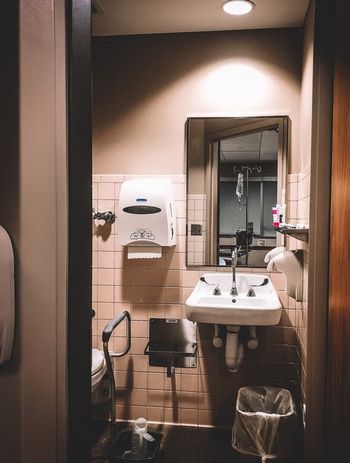
When healthcare workers using the red box stepped into the patients’ rooms, there was “significantly increased non-compliance” with PPE and hand hygiene protocols compared to those healthcare workers who went into rooms without red boxes.

Perhaps now is the time that innovation begins to rely more heavily on infection preventionists and our valuable insight into the world of healthcare PPE. The changes we help guide now, can help make healthcare safer and infection prevention easier.

When COVID-19 struck, the proper use of PPE and greater attention to hand hygiene and cleaning surfaces became the norm. When that happened, rates of Clostridium difficile decreased significantly.

Peter Walter, PhD: “We think of AeroNabs as a molecular form of PPE that could serve as an important stopgap until vaccines provide a more permanent solution to COVID-19.”
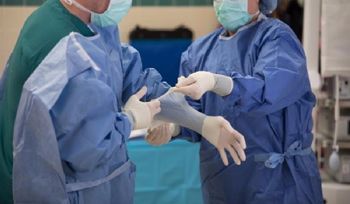
Sharon Ward-Fore, MS, MT(ASCP), CIC: “Practices drift. You can become complacent and maybe your level of awareness has decreased…. So, infection preventionists need to be really aware of what’s happening in the areas they cover as far as PPE usage is concerned.”

Linda Spaulding, RN, BC, CIC, CHEC, CHOP: “Infection control people really have to monitor closely all respiratory viruses that are out there and be sure that you’re working actively with management to help put in place whatever needs to be put in place.”
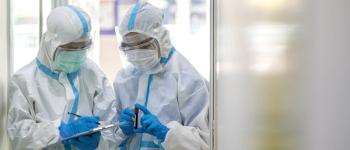
Supply chain issues are a larger, more systemic aspect of healthcare and national preparedness. Although IPs may not be able to fix them individually, there are ways we can ensure the safety of our hospitals.

It will also be necessary to again train other professionals the way IPs have historically trained them about infection prevention, because a lot of the old rules had to be set aside when COVID-19 surged.
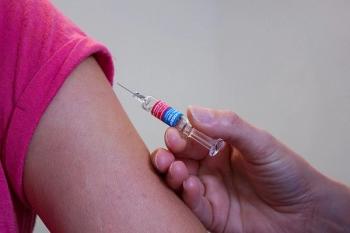
Mary Jean Ricci, MSN, RNBC: “There’s also the question of how do we encourage staff to get the vaccination, if there is a vaccination, for COVID-19? Currently, we have employees in facilities caring for patients who do not get the flu vaccine and don’t have a medical reason for not doing it…. I think that that’s a big area where infection control practitioners are going to have to focus their energy to encourage receiving the vaccination when this is over.”

Those of us in healthcare and infection prevention must focus on sustainable efforts to combat COVID-19. How do we maintain readiness and response without burnout? There’s no solid answer to this, but a big piece really goes into the establishment of plans and education.
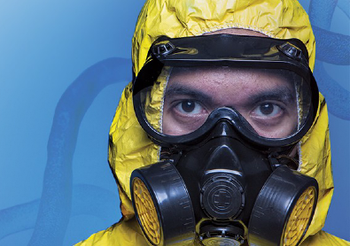
In many cases, the relationship between IP and the supply chain department is passive and fluctuates with emergencies or new products. What if, though, we worked to have a more proactive relationship that involved weekly meetings regarding the level of supplies, like PPE?

Infection prevention sustainability isn’t easy and everyone is exhausted, but now is the time that practice makes permanent.
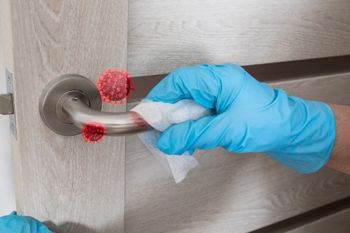

Both donning and doffing are carefully laid out, but it’s the doffing part of the procedure that might present the most challenge because it involves the discarding of some of the PPE in a manner that most limits the chance of self-contamination or contaminating someone else.
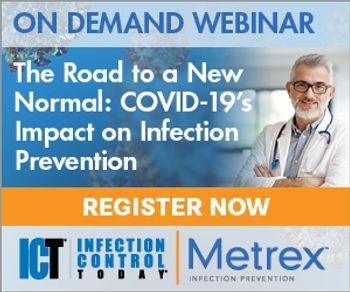
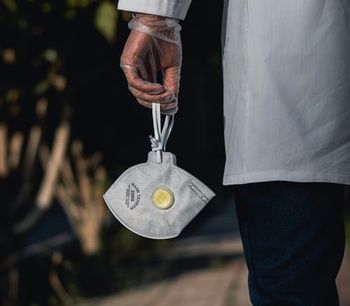
For those working in healthcare, the relationship with the supply chain department was an increasingly important one. Between daily mask utilization and supply reporting to scrambling to find more supplies, those working in healthcare supply chains were working exceedingly hard to keep our heads above water.

“It’s very terrifying to be flying the plane at the same time you’re building it,” said one young doctor.
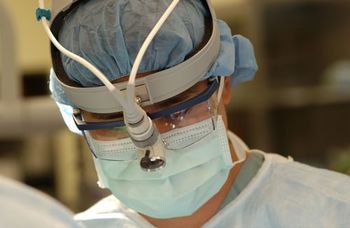
The machine can decontaminate the same respirator mask up to 20 times without degrading the mask’s performance.

Ninety-seven percent of survey respondents have implemented conservation protocols for personal protective equipment.
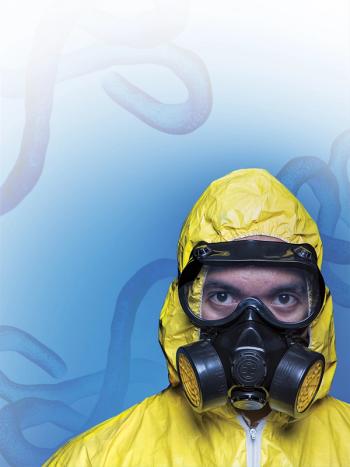
The Defense Production Act gives the federal government broad authority to direct private companies to meet the needs of national defense.
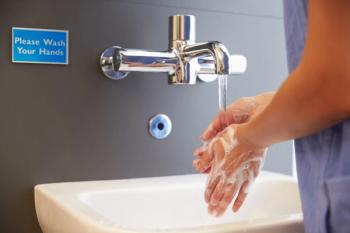
What happened to 11 healthcare workers who, without proper PPE, treated patients confirmed to have COVID-19. Answer? Nothing. That is, they did not contract the disease.
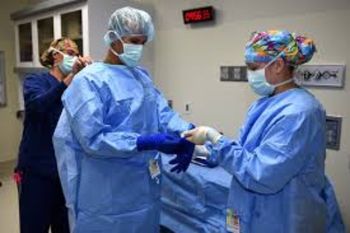
National Nurses United wants hospitals to establish protocols in which nurses are immediately notified when a patient who might have COVID-19 is admitted.